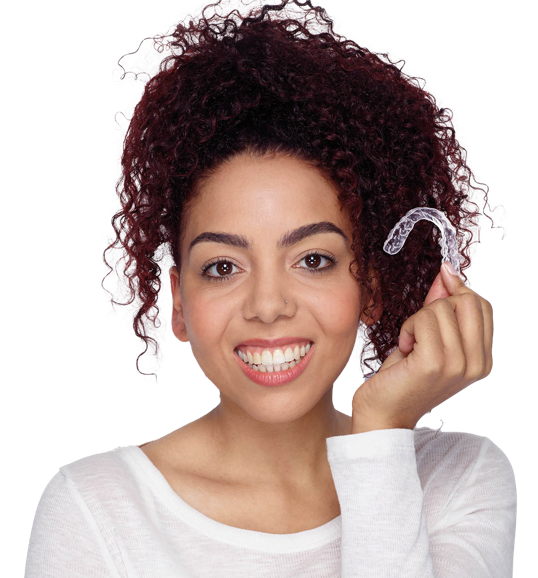What are lingual braces?

Lingual braces provide a discreet way to straighten crooked smiles. They are cleverly fitted behind your teeth, making them virtually undetectable.
They’re suitable for all ages and can be used to treat even the most challenging problems.

How do they work?
Lingual braces move teeth using fixed brackets and wires, much like a traditional metal brace.
The wire works to gently guide the brackets – and your teeth – into their new position, gradually revealing a straighter smile.
Lingual braces step-by-step
1. Your consultation
Come and meet our friendly team and find out everything you need to know about lingual braces during a free no-obligation consultation.
2. Planning your journey
We’ll begin by checking the health of your teeth and gums before taking a scan or moulds of your teeth. These will be used to carefully plan your treatment.
3. Customised orthodontics
If you’ve chosen customised lingual braces, your impressions will also be used to create custom-made brackets and wires.
4. Fitting your braces
It’s the big day! Your clinician will fit your braces to the inside surfaces of your teeth and tell you everything you need to know about looking after your lingual braces.
5. Don’t be a stranger
We’ll see you for regular check-ups throughout your treatment, making adjustments to your braces as needed.
6. The big reveal
Once you’re happy with the position of your teeth we’ll remove your braces and make sure you’re fitted with fixed and/or removable retainers to maintain your fantastic results.
Are lingual braces right for you?
Lingual braces are ideal for treating most orthodontic problems, including:
- Crowding
- Rotated teeth
- Impacted teeth
- Overjet
- Spacing
- Overbite
- Underbite
- Open bite
- Crossbite
Personalise your treatment
Your treatment will be carefully tailored to meet your needs. If you’re only concerned about your front teeth, for example, we can fit your lingual braces to just your front six or eight teeth.
You can even mix and match lingual braces on your top teeth with a different type of fixed brace on the bottom.
If you’re ready to take the next step, come and see our friendly team for a free no-obligation consultation*.



